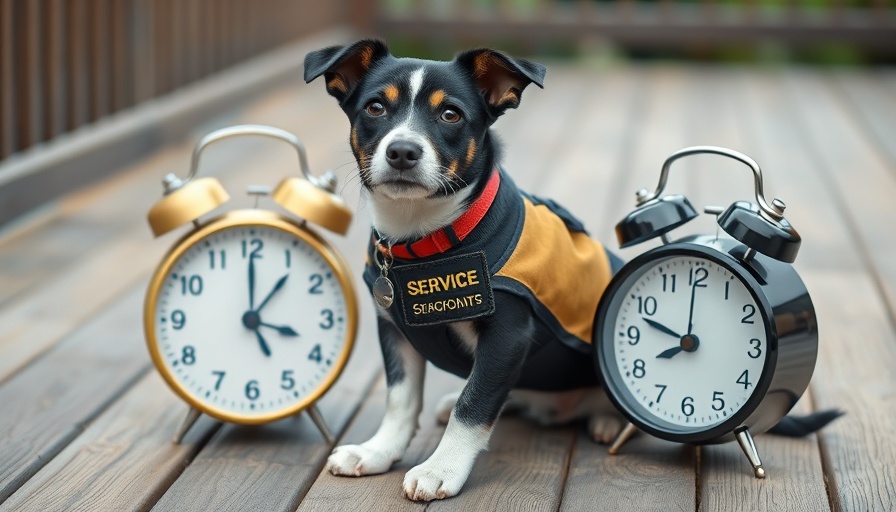
The Essential Guide to Loose Leash Walking for Service Dogs
Training a service dog to walk on a loose leash is a specialized skill that requires a different approach than training a typical pet dog. While both need to be adept at leash walking, service dogs operate in a wider variety of environments and for extended periods. They might find themselves walking calmly through crowded grocery stores, busy medical facilities, or traveling by public transport, where distractions are abundant.
Why Loose Leash Walking Matters for Service Dogs
Unlike pet dogs, who may only get short walks a few times a day, service dogs often accompany their handlers throughout the day. Therefore, the expectations for them to walk nicely on a loose leash become crucial, both for their performance and for the comfort of their handlers. For a service dog, maintaining proximity—typically within one or two feet of their handler—is not just a courtesy; it's a necessity to ensure safety in bustling environments.
Understanding the Unique Challenges of Service Dog Walking
Training a service dog involves understanding the nuances in leash tension. Some service dogs may need a bit of tension to guide their handlers, whereas others might need to avoid any tension at all due to the physical capabilities of their handlers. This requirement necessitates individual adjustments in training techniques to cater to both dog and handler.
Moreover, the expectation that service dogs automatically sit when the handler stops walking isn’t ideal. This can be physically exhausting for a dog and may even risk the handler’s balance in various situations. Therefore, teaching a default stand is often preferred, allowing the dog to remain stable and ready for action.
Effective Training Methods for Mastering Loose Leash Walking
As trainers, understanding how to foster loose leash walking involves exploring various techniques to find what works best for each unique team of handler and service dog.
- Start Indoors: Begin leash training in a controlled environment with minimal distractions. This can often be a dog training facility or the handler’s home, allowing for gradual introduction and testing of different strategies.
- Incremental Training Steps: When training, reduce the criteria to small, manageable increments. For example, have the dog walk in straight lines before introducing turns or increasing the duration of walks.
- Utilize Platforms: Platforms can be particularly beneficial in teaching positioning skills. A dog can be taught to pivot effectively and adjust in controlled settings, which can then translate to tasks they may perform in real-life situations.
- Controlled Distraction Rehearsals: Gradually increase distractions during practice sessions by setting up rehearsal opportunities in a safe space, ultimately preparing the dog for varying challenges faced in public.
- Helper Support: If uncertainty exists regarding the handler’s ability to manage the leash, having a second person hold a backup leash can provide extra safety, allowing the handler to drop the leash if necessary.
- Tailored Walking Speeds: When undertaking training sessions, trainers should adjust their walking speed to match that of the handler, ensuring they can both stay in-sync.
Handling the Emotional Side of Training
In addition to the physical techniques, it’s essential to address the emotional elements involved in service dog training. Handlers often feel anxious about their dog's performance in public and may be concerned about their safety or the safety of bystanders. By reinforcing positive behaviors consistently and celebrating small successes, trainers can help handlers build confidence in both themselves and their dogs.
Patience and Consistency: Key to Success
Ultimately, the journey toward effective loose leash walking requires patience, practice, and consistency. Handlers should understand that each dog learns at their own pace, and it’s crucial to meet their exercise needs ahead of training sessions to facilitate relaxation and focus during walks.
Taking Action: Empower Yourself with Knowledge
For those who are serious about service dog training, embracing these innovative techniques will not only enhance the service dog’s capabilities but will contribute to a more harmonious relationship between handler and dog. Invest time into understanding the training process and adapt it to best fit your needs or the needs of your clients.
 Add Row
Add Row  Add
Add 




Write A Comment